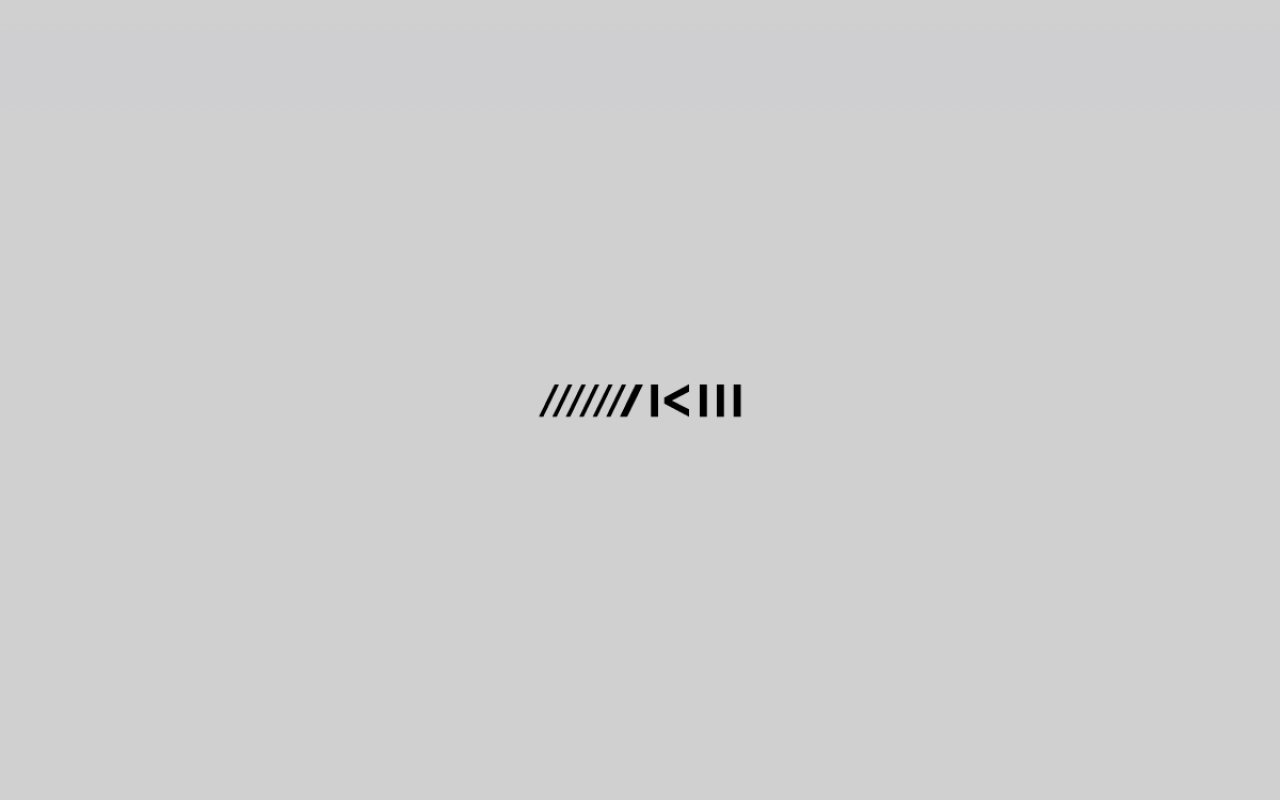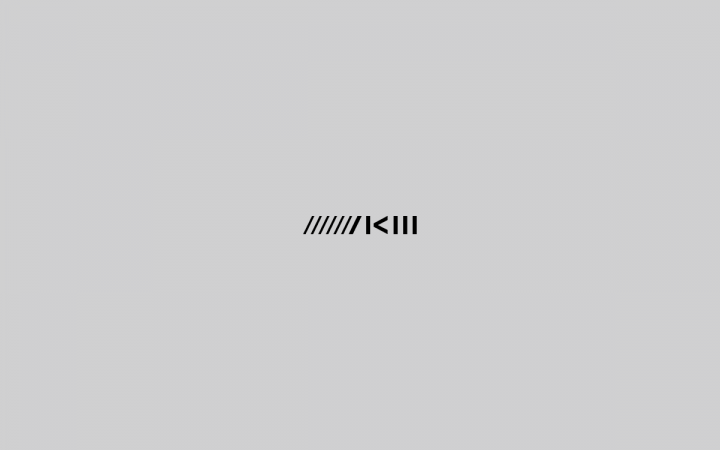Ron Kuivila
- Geburtsjahr, Ort
- 1955, Boston, Vereinigte Staaten
- Rolle am ZKM
- Gastkünstler:in
- Institut / Abteilung
- Institut für Musik und Akustik
- Am ZKM
März 2000
- Biografie
- Ronald J. Kuivila studierte Musik und Mathematik an der Weslyan University u. a. bei Alvin Lucier und Richard Winslow und am Mills College bei Robert Ashley und David Behrman. Seminare u. a. bei Christian Wolff, John Cage und Morton Feldman prägten seine künstlerische Laufbahn, und seine Arbeit als Komponist begann unter dem Einfluss von Walter Benjamins These, dass die technische Reproduzierbarkeit neue Aspekte der Kunstwahrnehmung eröffnet. In seiner ersten Komposition »The essential conservatism of feedback« für Chor (1974) formen technische Prozesse die musikalischen Strukturen. Ende der 70er und während der 80er Jahre arbeitete Kuivila mit Ultraschall und Hochspannung, mit Live-Sampling, algorithmischer Komposition und Sprach-Synthese. Viele seiner Werke in den 90ern bespielten konkrete Räume und Settings mit live-elektronischen und multimedialen Installationen unter Einbeziehung von Video und Licht als interaktive Bestandteile, z. B. in »Il Giardino de Babele« (1990) oder »ShadowPlay« (1996). In letzter Zeit widmete sich Ron Kuivila in seinen Werken zunehmend der digitalen Signalverarbeitung wie z. B. »in fugue states« (for David Tudor). Seit Juni 1999 ist er Gastkomponist des Berliner Künstlerprogramms des DAAD, durch dessen freundliche Kooperation die Installation im ZKM entstehen konnte.
Bibliografie (Auswahl)
• "Composing on Shifting Sand. A Conversation Between Ron Kuivila and David Behrman on Electronic Music and the Ephemerality of Technology", in: »Leonardo Music Journal« 8/1 (1992).
• "Sound Installations", in: »Words and Spaces«, hrsg. von Stuart Smith und Tom DeLio, Univerity Press of America, S. 209-220.
• "Untitled (revision): an interactive installation", in: »Proceedings of the 1985 International Computer Music Conference«, CMA Press, San Francisco.
• "Accurately Timed Generation of Discrete Events", in: »Computer Music Journal« 10/3 (1986), S. 48-56, Koautor: David Anderson.
• "Continuous Abstractions for Discrete Event Languages", in: »Computer Music Journal« 13/3 (1989), Koautor: David Anderson.
• "A System for Computer Music Performance", in: »ACM Transactions on Computer Systems« 8/1 (1990), S. 56-82, Koautor: David Anderson.
• "Formula: a programming language for expressive computer music", in: »Computer, IEEE Computer Society« 24/7 (1991), S. 12-21, Koautor: David Anderson.
• Paul DeMarinis, Aufsatz zur Ausstellung am San Francisco Art Institute (1993) und Obscure, Quebec City, Kanada (1993).
"VR on $5 a Day", in: »Immersed in Technology«, hrsg. von Mary Anne Moser und Douglas Macleod, MIT Press 1996, S. 291-297.
[März 2000]

